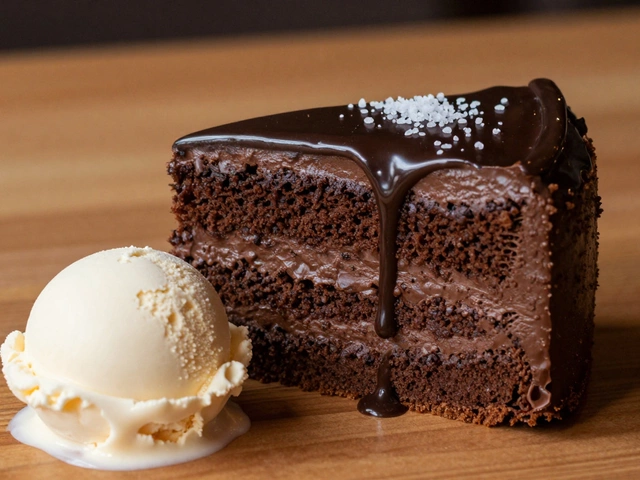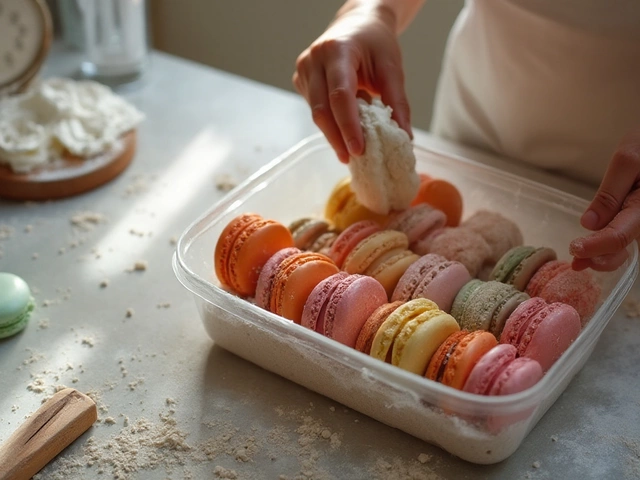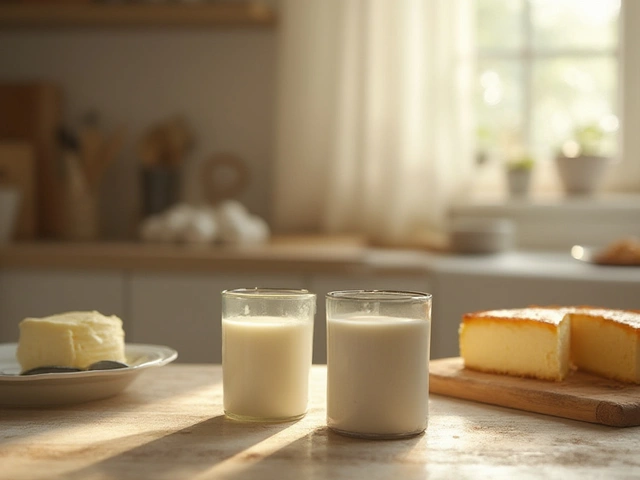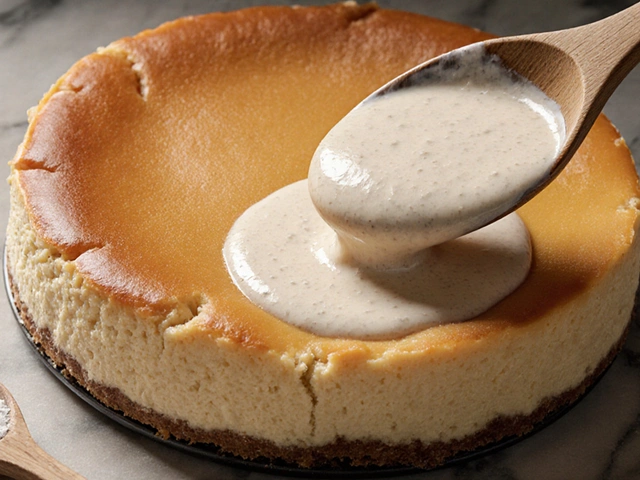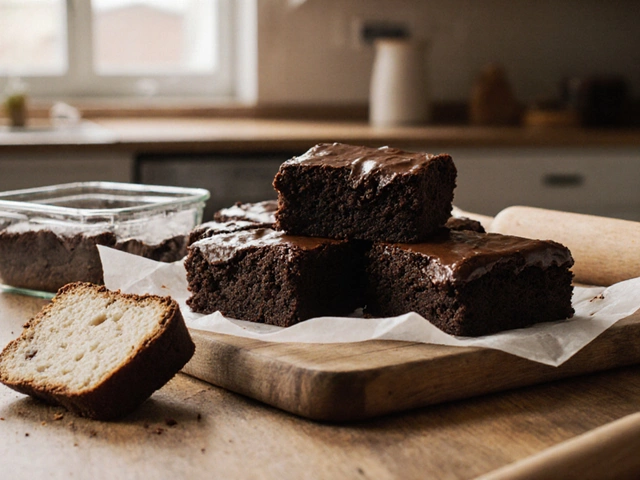Cheese Differences: Quick Guide to Choose the Right Cheese Every Time
Ever stare at a cheese board and wonder why the flavors vary so much? It all comes down to a few core differences—age, moisture, and texture. Knowing these basics helps you pick the right cheese for pizza, salads, or a fancy charcuterie plate without guessing.
Fresh vs. Aged: What Changes?
Fresh cheeses like mozzarella, ricotta, and goat cheese are made and sold within days. They’re high in moisture, mild in flavor, and melt quickly. Because they haven’t aged, you’ll taste creamy, buttery notes without the sharp bite you get from aged varieties.
Aged cheeses, such as cheddar, gouda, and parmesan, sit in a controlled environment for months or years. During that time, proteins and fats break down, creating deeper, more complex flavors. The longer the aging, the firmer the texture and the stronger the taste. If you want a cheese that stands up to a robust stew, reach for an aged option.
Soft, Semi‑Soft, Hard: Picking the Right Texture
Texture matters as much as flavor. Soft cheeses (brie, camembert) spread easily and pair well with crackers or fruit. Semi‑soft varieties (havarti, fontina) melt smoothly, making them ideal for grilled sandwiches or mac & cheese.
Hard cheeses (parmesan, pecorino) crumble or grate. They add a salty, umami punch to pastas, soups, and salads. When a recipe calls for “a cheese that won’t melt,” think hard or extra‑hard styles.
Don’t forget the middle ground—semi‑hard cheeses like manchego or asiago. They slice cleanly, melt moderately, and bring a nutty flavor that works in both hot and cold dishes.
Another practical tip: always check the label for moisture content. Higher moisture means a softer bite; lower moisture means a firmer, longer‑lasting cheese. This helps you avoid a soggy pizza topping or a dry cheese platter.
Finally, consider the cooking method. High‑heat cooking can oil out softer cheeses, while low‑heat or no‑heat preparations preserve delicate flavors. For a quick melt, choose a cheese with 30‑40% moisture; for a raw cheese board, you can go lower.
In a nutshell, the main cheese differences boil down to age, moisture, and texture. Fresh = mild, soft, melt‑fast. Aged = strong, firm, melt‑slow. Soft = spreadable, semi‑soft = melt‑nice, hard = grate‑ready. Keep these pointers in mind and you’ll never pick the wrong cheese again.
Now that you’ve got the basics, experiment! Swap a fresh mozzarella for a seasoned burrata on your salad, or replace a mild cheddar with an aged gouda in your burger. You’ll notice how each difference changes the dish, and soon you’ll be the go‑to cheese expert among friends.

Mascarpone vs. Cream Cheese: What's the Difference?
Wondering what sets mascarpone apart from cream cheese, especially when you're making tiramisu? Explore their distinct flavors, textures, and uses in cooking. Discover how the fat content and processing methods give each its unique traits. Plus, get tips on when to use one over the other to enhance your kitchen creations.
View More
